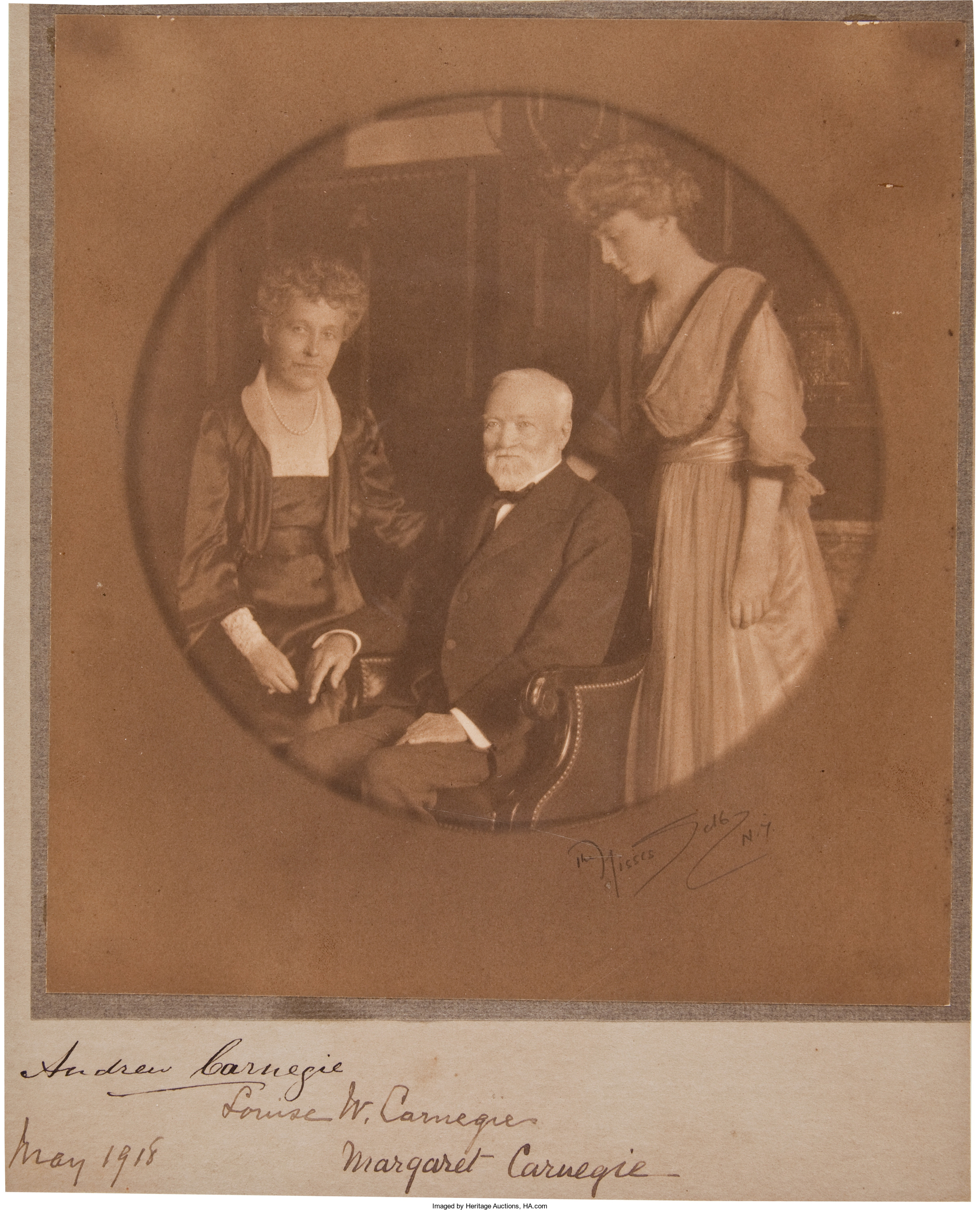
“I should consider it a disgrace to die a rich man.” – Andrew Carnegie (1887)
By Jim O’Neal
Andrew Carnegie was born in 1835 in a one-room house in Dunfermline, Scotland, near the northern shore of the Firth of Forth – which is the estuary (firth) of several Scottish rivers, including the River Forth. One should not be surprised to learn that a major employer in Dunfermline today is Amazon. (How else to provide two-hour deliveries to Prime customers everywhere?).
The Carnegie family made it to Allegheny, Pa., and that’s where the young (uneducated) Andrew began his remarkable career. He started as a telegraph messenger boy for the Ohio Telegraph Company and culminated his career with the formation of the Carnegie Steel Company. By 1889, the production of steel in the United States had surpassed that of the entire United Kingdom … a mild embarrassment since Sir Henry Bessemer had invented the first inexpensive process for the mass production of steel using molten pig iron.
When Carnegie sold his companies to J. Pierpont Morgan in 1901, Morgan proceeded to consolidate the entire steel industry in America to form the United States Steel Corporation. This was the first corporation in the world with a market capitalization of over $1 billion. Carnegie’s share was $480 million, which temporarily vaulted him into first place for the Richest Man (a situation John D. Rockefeller soon rectified).
But Carnegie was always more concerned about the best way of dealing with the new phenomenon of wealth inequality and wrote about it in 1899 in The Gospel of Wealth, an article that described the responsibility of philanthropy by the new upper-class, self-made rich. He proposed reducing the stratification between rich and poor by having the wealthy redistribute their surplus instead of passing it along to heirs.
Thus, Andrew Carnegie became the rarest of multimillionaires when the enormously wealthy Scottish immigrant gave the nation one of the most remarkable gifts in history … 1,689 public library buildings in 1,421 communities. The value of his gifts – made between 1886 and 1917 – comes close to $1 billion when adjusted for inflation.
Carnegie funded library buildings in many expected cities, including Pittsburg (his adopted hometown) and New York, but also in places like Jennings, La., and Dillon, Mont. Another added twist was that he only donated money for a building, and only if the local taxing authority agreed to provide the site, then furnish and maintain the library with an annual pledge of 10 percent of the gift. This cleverly motivated local citizens to stay involved, something an outright donation might not have accomplished.
Carnegie had a simple philosophy on how a person should spend their life – the first third getting a first-rate education, the next third making money, and the last third on philanthropy. Not a bad plan. Carnegie focused his charity on promoting education, peace and equality. When he died, the remainder of his estate, some $30 million, was donated to his causes. The Carnegie name is on far too many buildings and foundations to list … you know many of them.
For some reason, it has always irked me to watch the ultra-rich of today shield their money from taxation by stuffing it in non-taxable, charitable foundations (run by their family), take their income in low-tax dividends, and then complain when their secretaries pay a higher income tax rate … then encourage the feds to raise the tax rate on my pension.
 Intelligent Collector blogger JIM O’NEAL is an avid collector and history buff. He is president and CEO of Frito-Lay International [retired] and earlier served as chair and CEO of PepsiCo Restaurants International [KFC Pizza Hut and Taco Bell].
Intelligent Collector blogger JIM O’NEAL is an avid collector and history buff. He is president and CEO of Frito-Lay International [retired] and earlier served as chair and CEO of PepsiCo Restaurants International [KFC Pizza Hut and Taco Bell].
